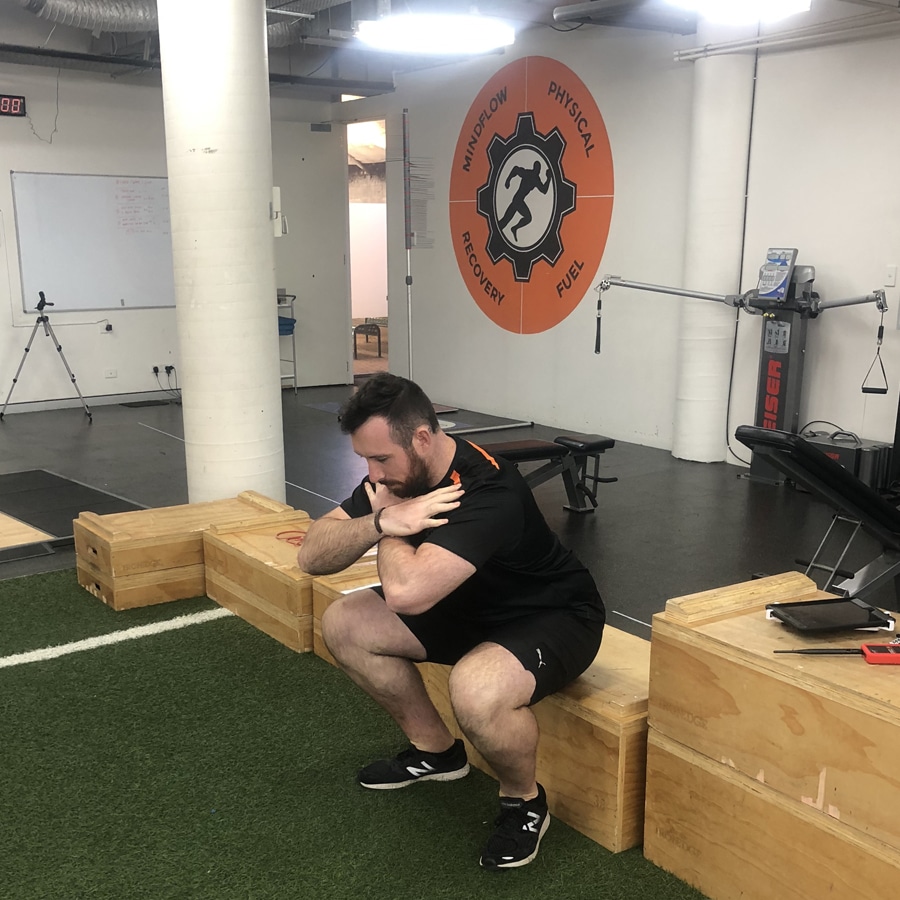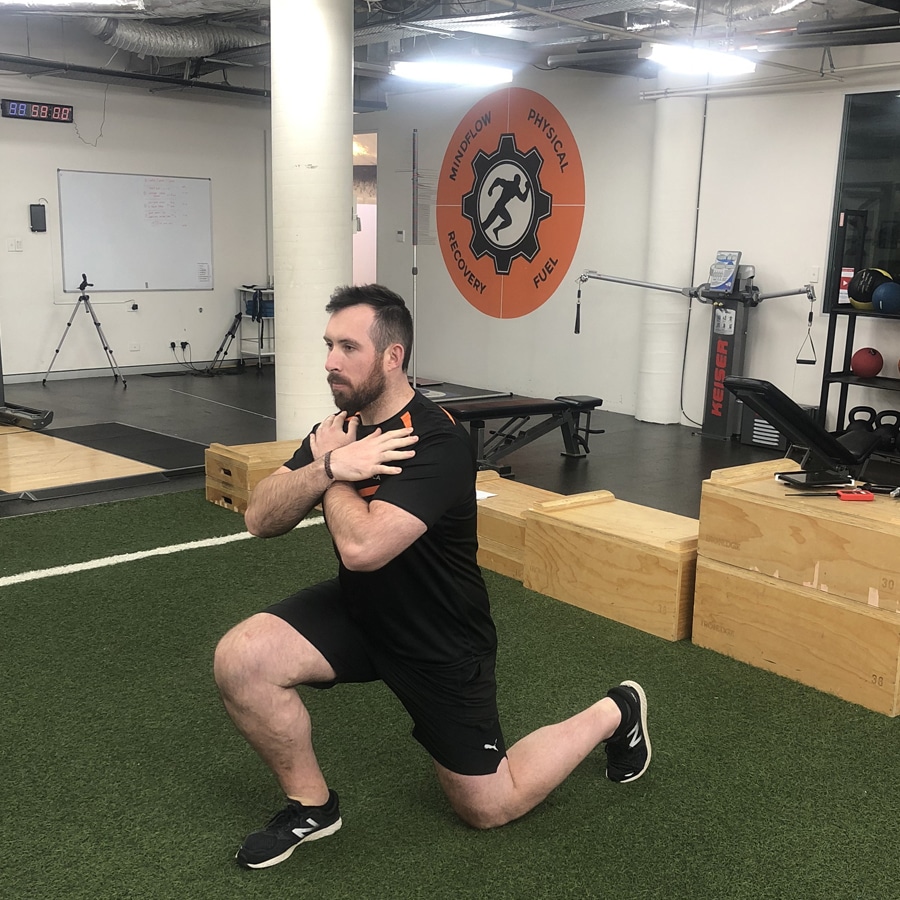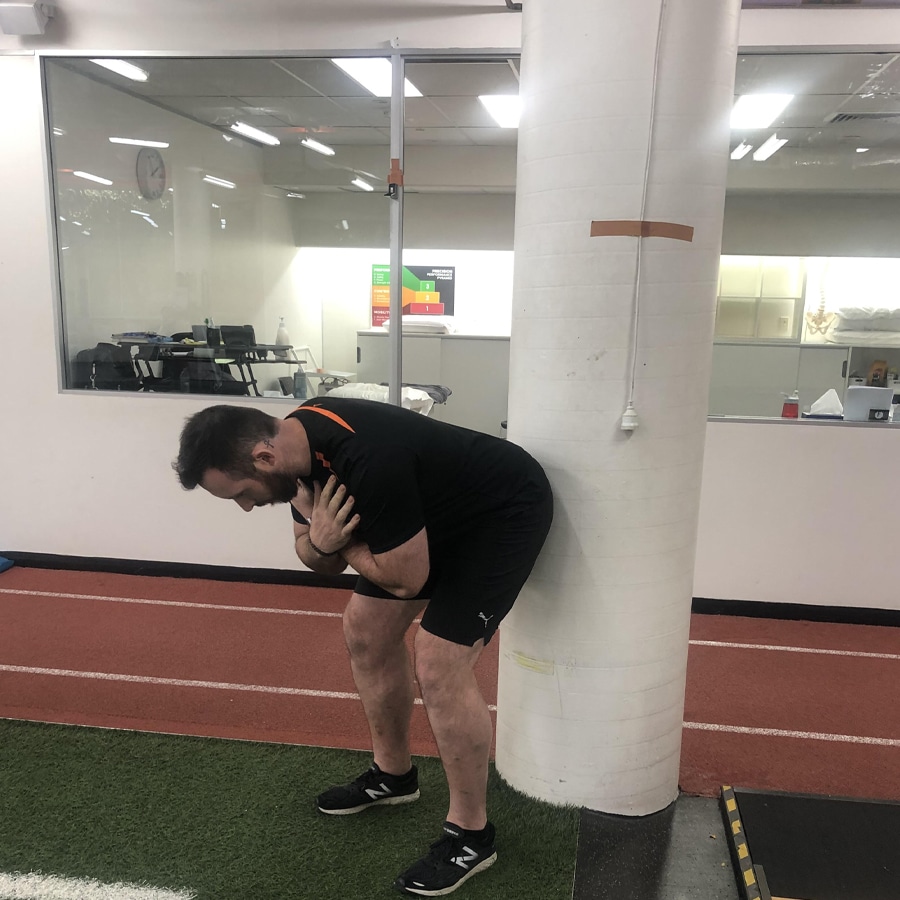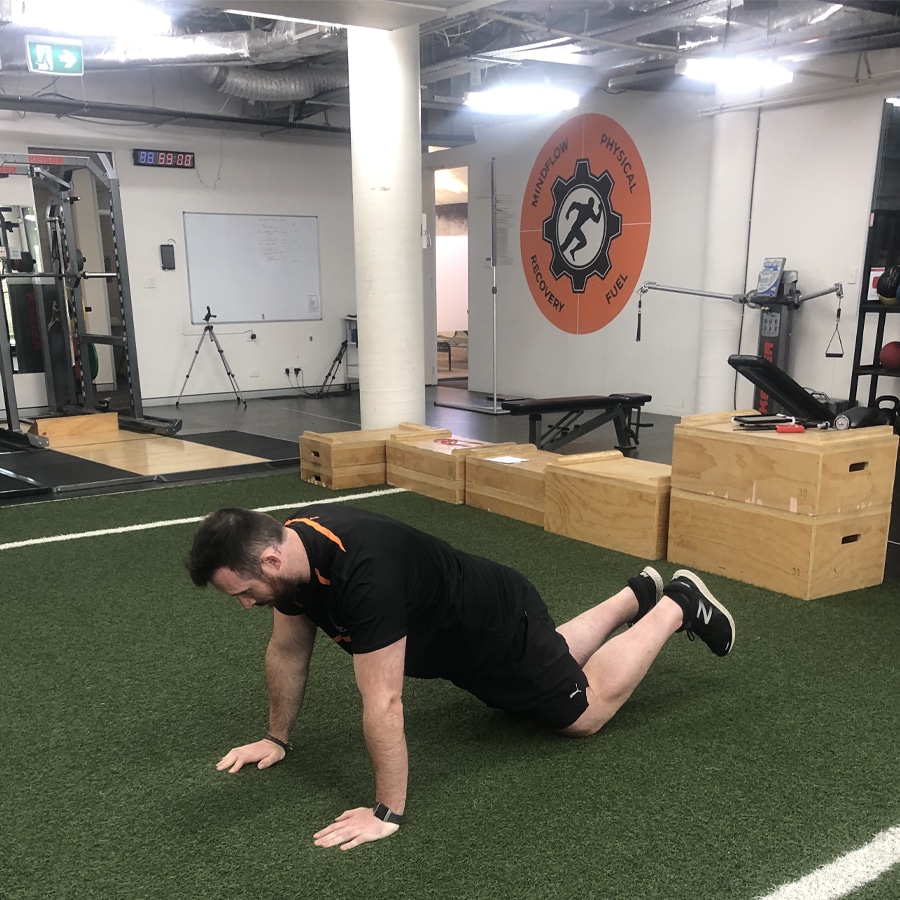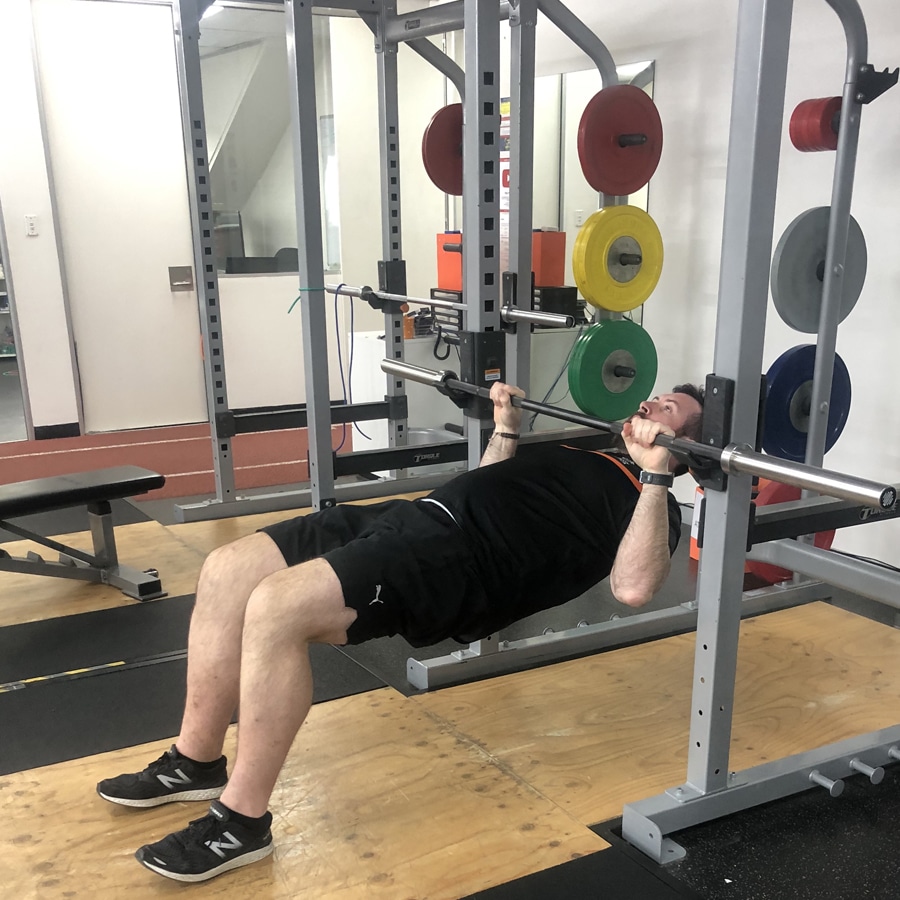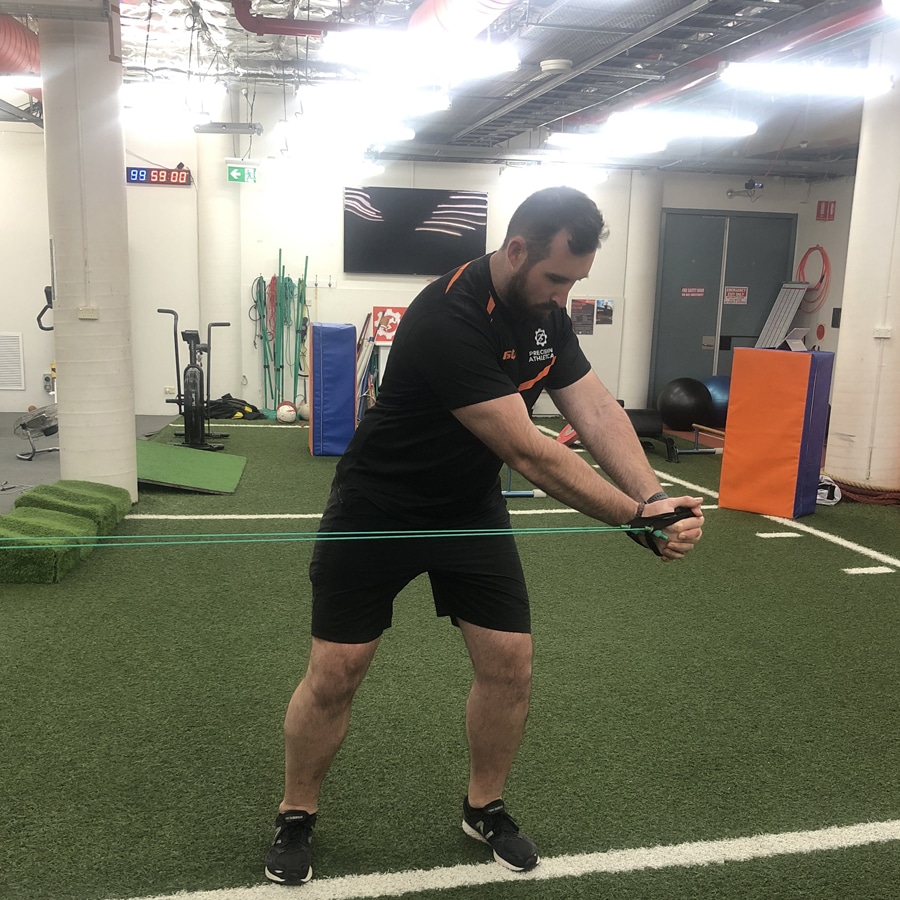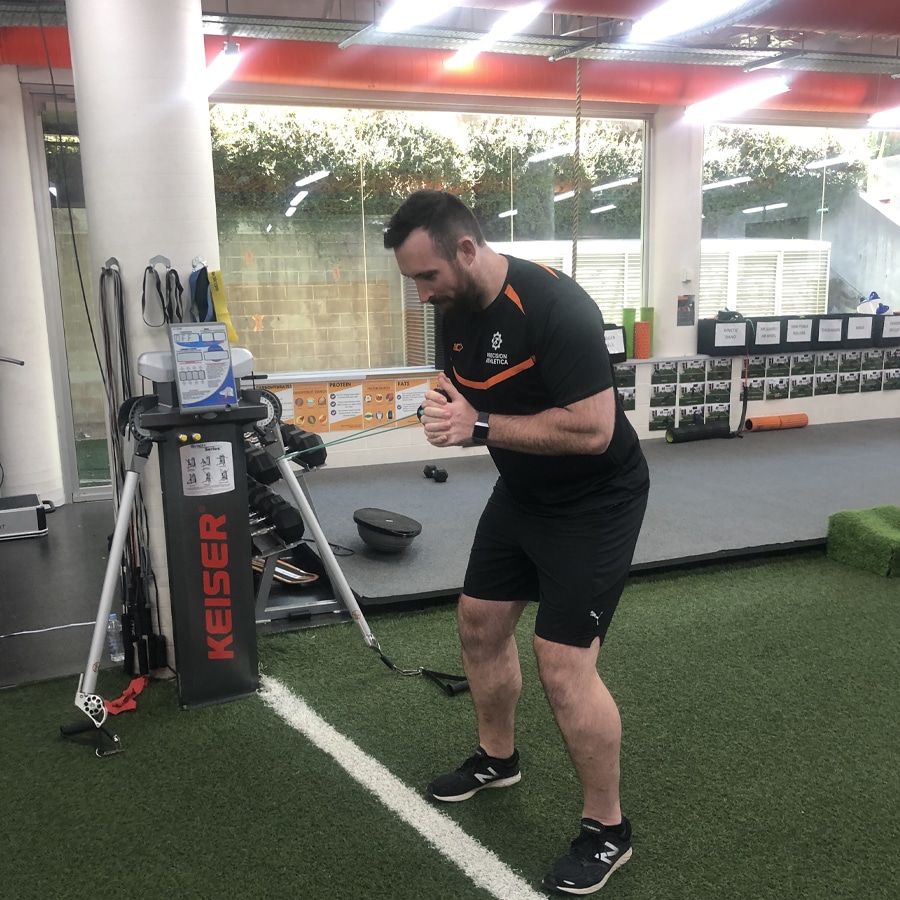In our first article, we established the benefits of strength training for youth athletes, and so now we want to break down the most desirable athletic physical qualities for sport. We have identified key actions of the body that, when performed in an assorted sequence, lay the foundation for all athletic movement.
The key movements include:
- Squat
- Lunge
- Hinge
- Push
- Pull
- Rotation
- Anti-rotation
As an athlete, movement as a skill should be of upmost importance. Athletes are thought to display the epitome of human movement, so much so that sporting competition is essentially based on which athlete or team moves in the most optimal way.
Throughout sport, from hitting a tennis ball with a racquet, to dunking a basketball, or swimming freestyle in the pool, your body will perform various combinations of movement patterns to complete the action.
Before adding heavy loads
It is important that before we start to perform complex multi-movement exercises under heavy load, we first must cover the basics (see the list above).
When we first learn a new movement pattern, we should always start at the most basic level and progress from there in order to allow our brain to truly understand what your body is doing.
Consider the follow athletic movements as just another skill for the brain needs to learn, like when you first learnt Maths at school – you didn’t start Maths with complex algebra equations, you started with basic addition, subtraction, division and multiplication and as you mastered those the equations became more complex, but you were able to eventually answer them through the basic skills you learnt earlier.
By mastering our key movements, you’ll be opening new avenues of potential performance improvements that later down the track will benefit you as you come up against higher level sporting competition.

